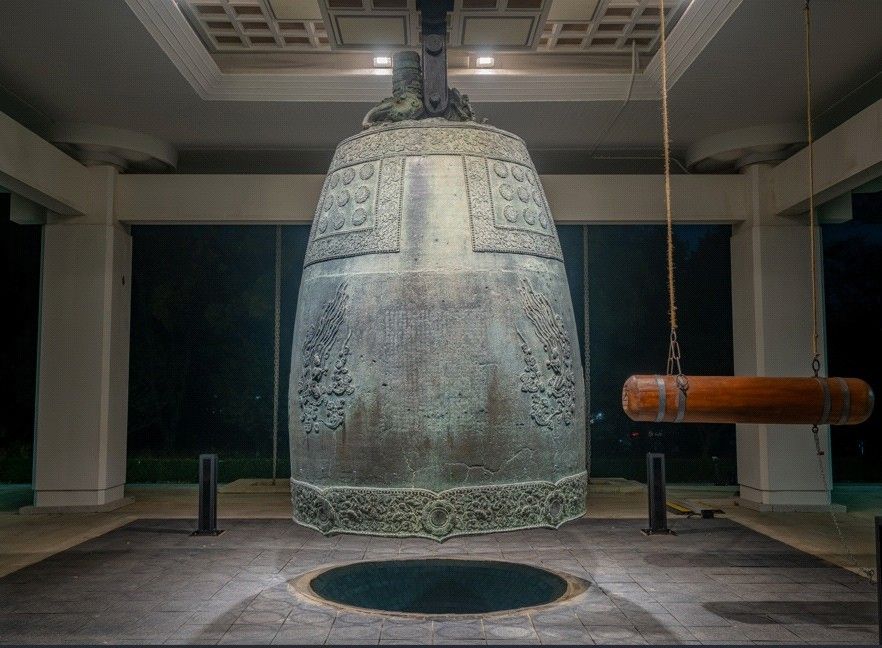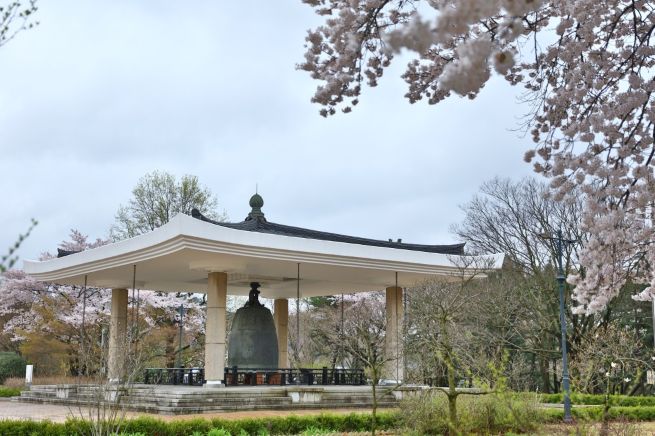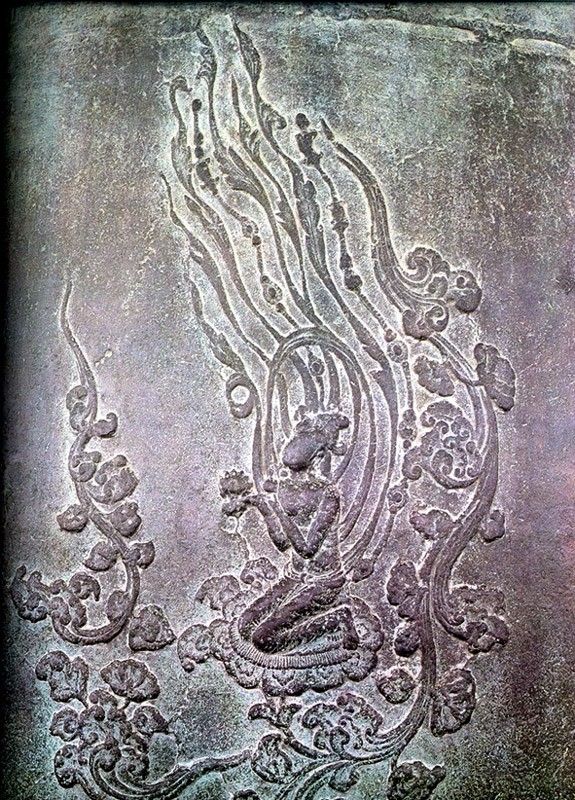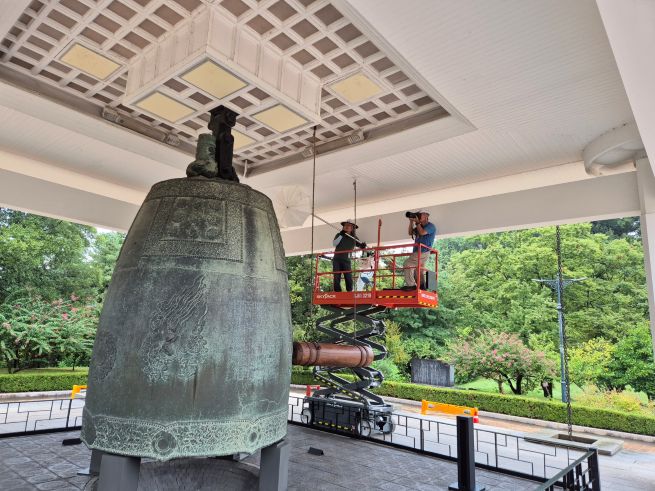GYEONGJU, Sept. 25 (Korea Bizwire) — South Korea is preparing to relocate the Sacred Bell of King Seongdeok, one of the nation’s most treasured cultural artifacts, from its outdoor pavilion in Gyeongju to a purpose-built indoor exhibition hall, as concerns mount over the impact of extreme climate conditions on preservation.
Yoon Sang-deok, director of the Gyeongju National Museum, said Wednesday the museum will push to build a new Shinjong Hall dedicated to safeguarding and exhibiting the 1,200-year-old bronze bell, which has stood outdoors for decades. “We will seek to protect the bell while improving the environment for public viewing,” Yoon told reporters.
The bell, designated a National Treasure in 1962 and popularly known as the Emille Bell, was commissioned by King Gyeongdeok in honor of his father, King Seongdeok, and completed in 771 during the Unified Silla dynasty. At 3.66 meters tall and weighing nearly 19 tons, it is the largest surviving Korean temple bell and renowned for its intricate carvings and resonant, lingering sound.
Preservation experts have long warned that Korea’s increasingly hot and humid summers pose risks to large-scale metal relics. A 2023 study noted that Gyeongju has experienced record highs exceeding 39 degrees Celsius, while rising humidity accelerates corrosion. Structural assessments have also found the bell’s dragon-shaped suspension hook particularly vulnerable to stress.
To mitigate damage, officials plan to rest the bell on the ground during normal display, protecting the suspension point from the strain of its full weight. The new hall will be acoustically designed to reproduce the bell’s famed resonance, with space for occasional public ringing and closer viewing of its upper section.
The museum is also conducting its fourth in-depth acoustic and structural survey of the bell, running through 2029. Researchers are measuring its unique vibration frequencies, monitoring surface corrosion, and documenting environmental threats such as pests and storm damage.
Yoon said the indoor facility will not only safeguard the artifact but also enhance public appreciation. “We hope to preserve the bell’s original sound for future generations while making it possible for visitors to experience its majesty more intimately,” he said.
Image credit: Yonhap, the Gyeongju National Museum / photonews@koreabizwire.com




